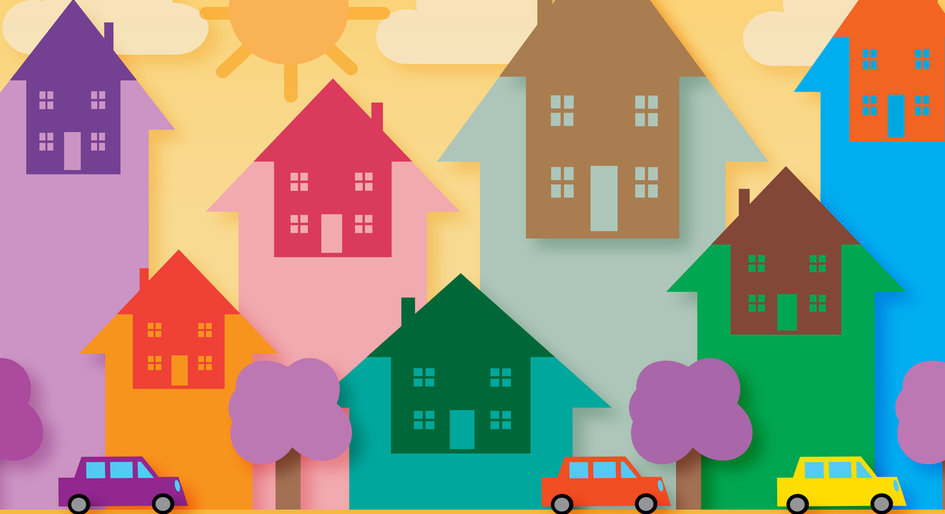The growth of renter households outpaced the growth of owner households in 2021, according to the latest Canadian Housing Survey from Statistics Canada. In addition to sharing data from the 2021 Census, the new report includes housing tenure trends of the past decade and looks at the change in housing affordability since the onset of the pandemic. Highlights from the report include:
- The proportion of Canadian households that own their home—or the homeownership rate (66.5% in 2021)—is on the decline after peaking in 2011 (69.0%). The growth in renter households (+21.5%) is more than double the growth in owner households (+8.4%).
- Adults under the age of 75 were less likely to own their home in 2021 compared to adults in that age range a decade earlier—especially young millennials aged 25 to 29 years (36.5% in 2021 vs. 44.1% in 2011).
- Newly built dwellings are increasingly likely to be occupied by renters—40.4 per cent of the housing built in the last five years were tenant-occupied.
- Over one-third of recently built dwellings (those constructed between 2011 and 2021) were occupied and primarily maintained by millennial (36.6%) renters or owners in 2021, the largest share of any generation. Millennials also represented the largest share of condominium occupants (30.2%) compared with the other generations.
- While condominium construction continues to surge, the majority of these buildings (90%) are located in Canada’s largest cities. Condominiums made up 39.9 per cent of the occupied stock in the primary downtowns in 2021, and half of these downtown condo units were being rented out by investors.
The Canadian Housing Survey also noted the significant rise in home values in both large and small municipalities in Ontario and British Columbia between 2016 to 2021; 77.8 per cent in Ontario and 46.1 per cent in British Columbia saw the average expected value of their homes rise by over 50 per cent.
Differences in the impact of temporary COVID-19 benefits on household incomes were a key contributor to the different degrees of improvement in housing affordability seen for renters and home owners from 2016 to 2021. The rate of unaffordable housing, or the proportion of households that spent 30 per cent or more of their income on shelter costs, fell from 24.1 per cent in 2016 to 20.9 per cent in 2021. The rate of unaffordable housing in Canada for renters fell from 40.0 per cent in 2016 to 33.2 per cent in 2021, with most of the decline occurring among renters earning below the median household income of all renters (68.4% in 2016, compared with 56.0% in 2021).
Unaffordable housing rates were highest in downtowns, where the percentage of renters spending more than 30 per cent of their income on shelter costs in 2021 was above the national average.
Almost 1.5 million Canadian households lived in “core housing need” in 2021, defined as living in an unsuitable, inadequate or unaffordable dwelling and not able to afford alternative housing in their community. The core housing need rate fell from 12.7 per cent in 2016 to 10.1 percent in 2021.
In 2021, 10.0 million households in Canada owned their home, which is more than at any point in the country’s history. However, while the number continues to grow, Canadians overall were less likely to own their home in 2021 (66.5%) than they were a decade earlier, when a record high (69.0%) were homeowners.
For the full survey, click here: The Daily — To buy or to rent: The housing market continues to be reshaped by several factors as Canadians search for an affordable place to call home (statcan.gc.ca)






